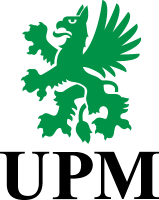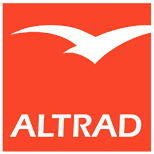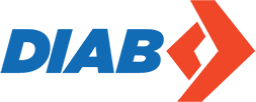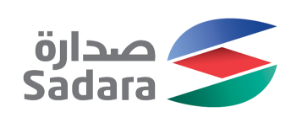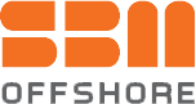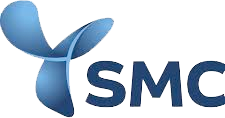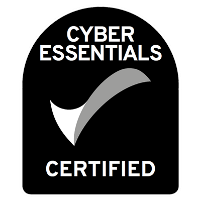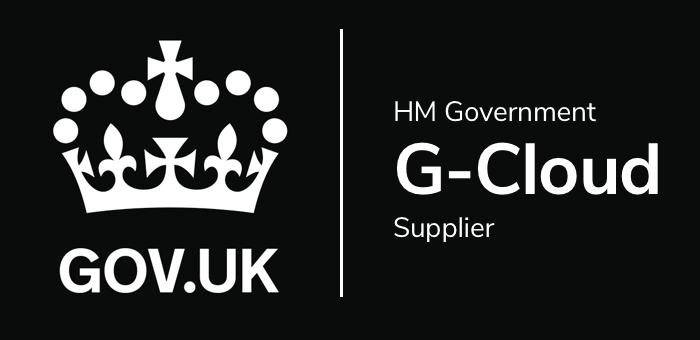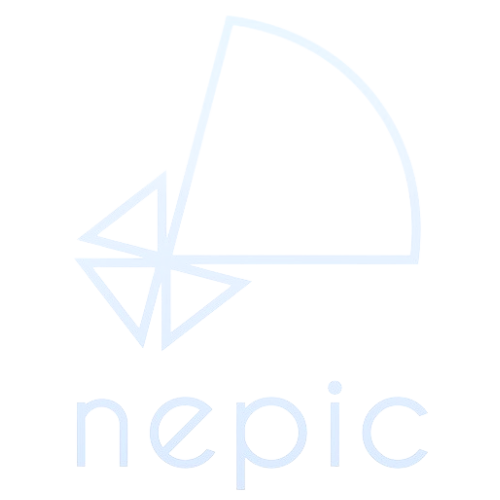
The integration of new software solutions within an organisation can be a transformative undertaking that promises increased efficiency and improved workflows. However, the effectiveness of these software implementations often hinges on a factor that might seem trivial yet proves crucial: language. Not the language of your country, language of coding or the developers' jargon, rather the specific terminology used within the adopting organisation.
This article explores why speaking the same language as the software provider is essential to facilitate the uptake of new software solutions and how organisations can enhance their software integration experience by aligning their language with that of their providers.
“There is no official terminology for many industrial processes and concepts”.
The challenge begins with the diversity of terminology across different industries and even within similar organisations located in the same geographical area. There is rarely a universal glossary for processes, particularly in specialised industries, leading to a variety of terms that refer to the same concepts or processes. Instead, the language used within an organisation is often formed through its culture and people in response to specific interactions over decades. This variation can create significant barriers when implementing new technology and the software that is supposed to streamline operations may end up causing confusion.
For instance, what one company calls a "client" might be referred to as a "customer" in another, and such simple discrepancies can lead to misunderstandings or misalignments during the software setup process. This is where the importance of language alignment comes into play. When software can "speak" the same language as its users, it ensures clarity, reducing the potential for confusion and smoothing the transition from older systems to new technologies. This clarity can help during every stage of the implementation process, and here’s how:
- One of the primary reasons to align terminology is to avoid misunderstandings throughout the implementation process. Miscommunications can lead to delays, increased costs, and even the failure of the project. By speaking the same language, both parties can move forward more cohesively.
- Secondly, aligning language facilitates a smoother transition from longstanding systems to new solutions. Employees are more likely to adopt tools that feel familiar or intuitive. When new software uses familiar terminology, it lessens the learning curve and integrates more seamlessly into daily operations.
- Thirdly, appropriate terminology usage enhances user engagement and uptake once the software is operational. If employees understand the software easily, they are more likely to use it effectively and leverage its full potential, thereby maximizing the investment.
So, how can software providers ensure they are aligned with their clients in terms of language?
“Simply put; ask them”.
Phase One should always be to listen to your client and to map their processes. Before the implementation process even begins, it is crucial for clients to engage in a detailed discussion about their specific terminologies and processes. Many times, there is no documentation for this, this information lies in the knowledge and expertise of the people within the organisation. So, it is the software providers duty to document these as part of their exploration process. For example, at IAMTech, clients are required to complete a "Terminology Glossary", this could also include mapping an organisations current process workflow. These documents are then utilised by the implementation team to tailor the software to the language of the client.
“As a vendor the customer gets to drive the words we use”.
This approach not only facilitates a smoother software adoption process but also enhances overall satisfaction with the new system. It demonstrates a commitment to understanding and addressing the unique needs of each client, which is essential for building trust and ensuring successful integration.
“It is the customer that will use the system, often daily, perhaps for decades to come”.
Attention to such details can be the difference between a successful technology adoption and a failed one. In the realm of digital transformation, where the stakes are high and the investment substantial, ensuring that every small element aligns with the client's needs is not just beneficial—it is imperative.
In conclusion, adopting new software is not just about upgrading to the latest technology; it's about ensuring that this technology can effectively communicate within the unique linguistic landscape of your organisation. By prioritising language alignment, companies can avoid the pitfalls of miscommunication, enhance user adoption, and fully realise the benefits of their technological investments. This strategic focus on language does not merely facilitate the integration of new software—it ensures that the software works for you, speaking your language, and aligning with your business's specific needs.
This newsletter has been based on ‘Secrets to a Successful STO’ a talk by Ross Coulman (MD, IAMTech).



